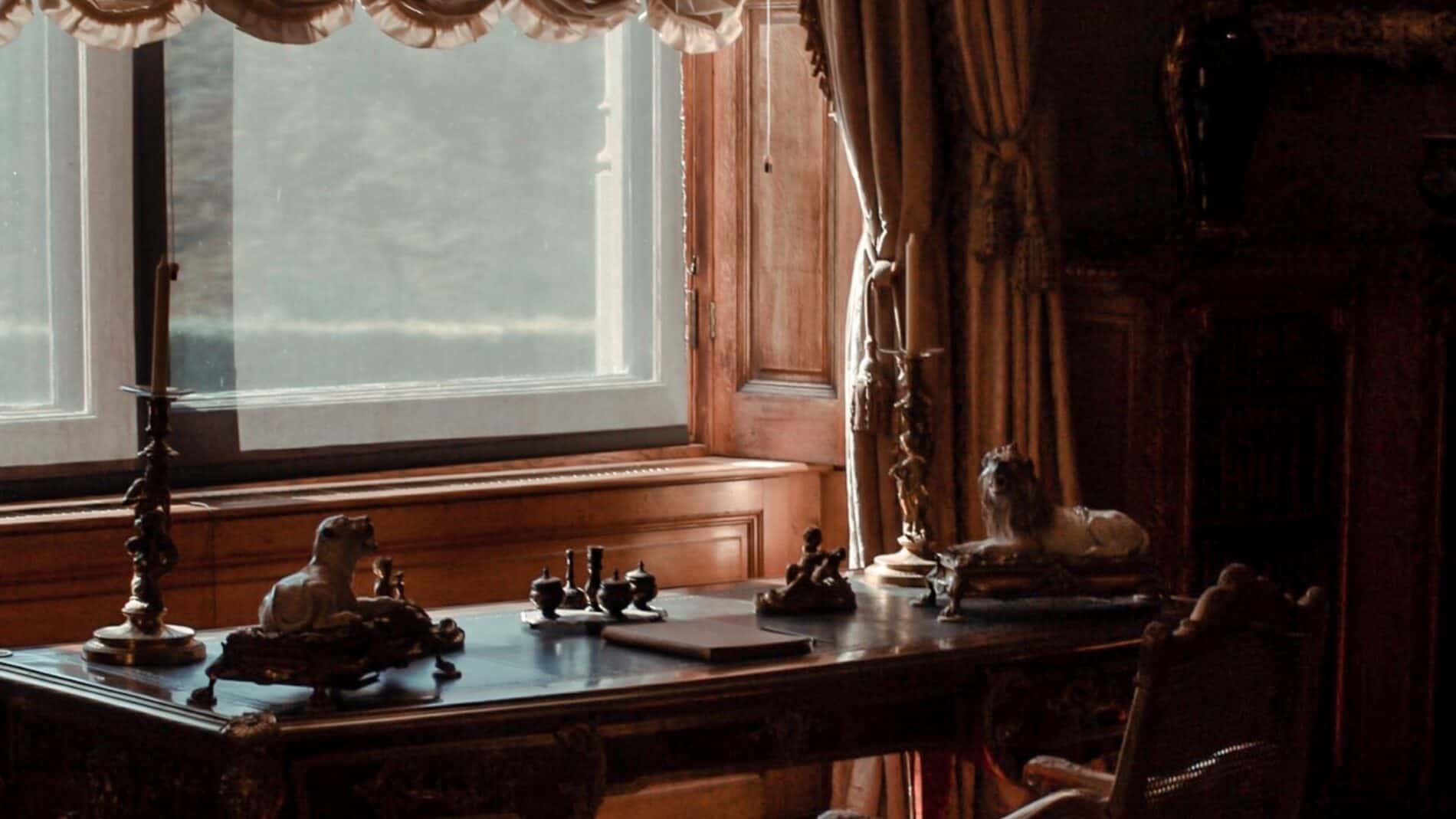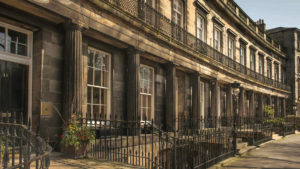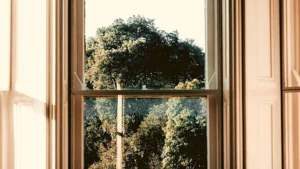It is not particularly clear who first invented the first sash and case window, but most people can agree that it was somewhere around the 1670s when pulleys and weights were applied to timber sashes.
This is what lead to the birth of the now popular vertical sliding sash and case windows we have grown to know and love today.
It didn’t take long for this new style of window to gain recognition across Edinburgh and Scotland and they soon became a popular choice for most homeowners by the late seventeenth century.
The earliest sash and case windows featured chunky timber members that subdivided sashes into tiny panes that perfectly accommodated the limited size of the poor-quality glass that was available at the time.
The eighteenth-century brought about larger pane sizes and smaller sash members and as the middle of the century rolled around, Georgian windows featuring six panes to each sash became the standard for most homes.
Crown glass that was significantly better in quality was now being used to glaze these windows, known for the slight bellied effect and distinctive curved ripples that could be seen inside the individual panes when observed in bright sunlight.
Since true crown glass isn’t made any longer, any historic crown glass that’s found holds a lot of value in the eyes of many and for all our heritages, needs to be preserved.
Even though the Georgian pattern was still in constant use in the early nineteenth century, ‘lying panes’ or horizontally proportioned panes also became increasingly popular.
Margin panes were also occasionally used in buildings and this arrangement stayed relevant for stair windows for a long time afterward.
Instead of crown glass, patent plate glass and cylinder sheets became common. These styles of glass are known for their characteristic straight ripples, and also for the occasional bubbles or ‘seeds’ that can be observed quite easily in the texture of the glass.
After the middle of the century, larger and heavier panes and fewer subdivisions became commonplace and, with time, people began to glaze sashes with single large panes made of plate glass.
As larger panes became more fashionable, people began to alter their old sashes that had multiple small panes and replaced the older glazing bars with larger panes of plate glass.
As the use of larger panes rose in intensity, by the late nineteenth century and early twentieth century, sash windows with smaller panes and chunky glazing bars became popular again, although this was only temporarily.
Windows of this period are known to have an upper sash with multiple small panes, mostly with projecting horns, combined with a lower sash consisting of a single pane. Upper sashes are found to incorporate stained glass, something that surprisingly stayed in fashion all the way till the 1930s.
Since then, the window styles and technology have adapted and evolved and we are delighted to note they still remain popular to this day.
If your Scottish home has original sash and case windows and you’re looking for a service in Edinburgh to repair, restore or replace your windows, please get in touch with us here at Sash & Case Windows Direct today to schedule a consultation!




